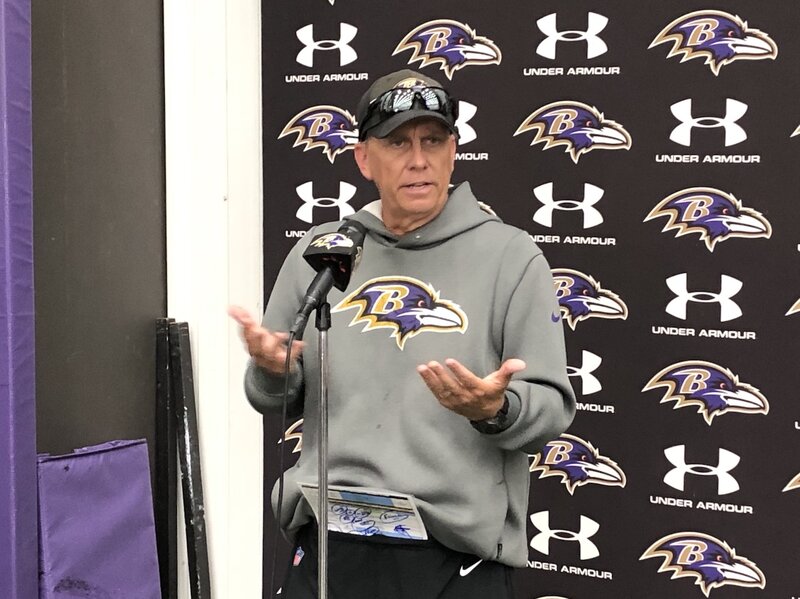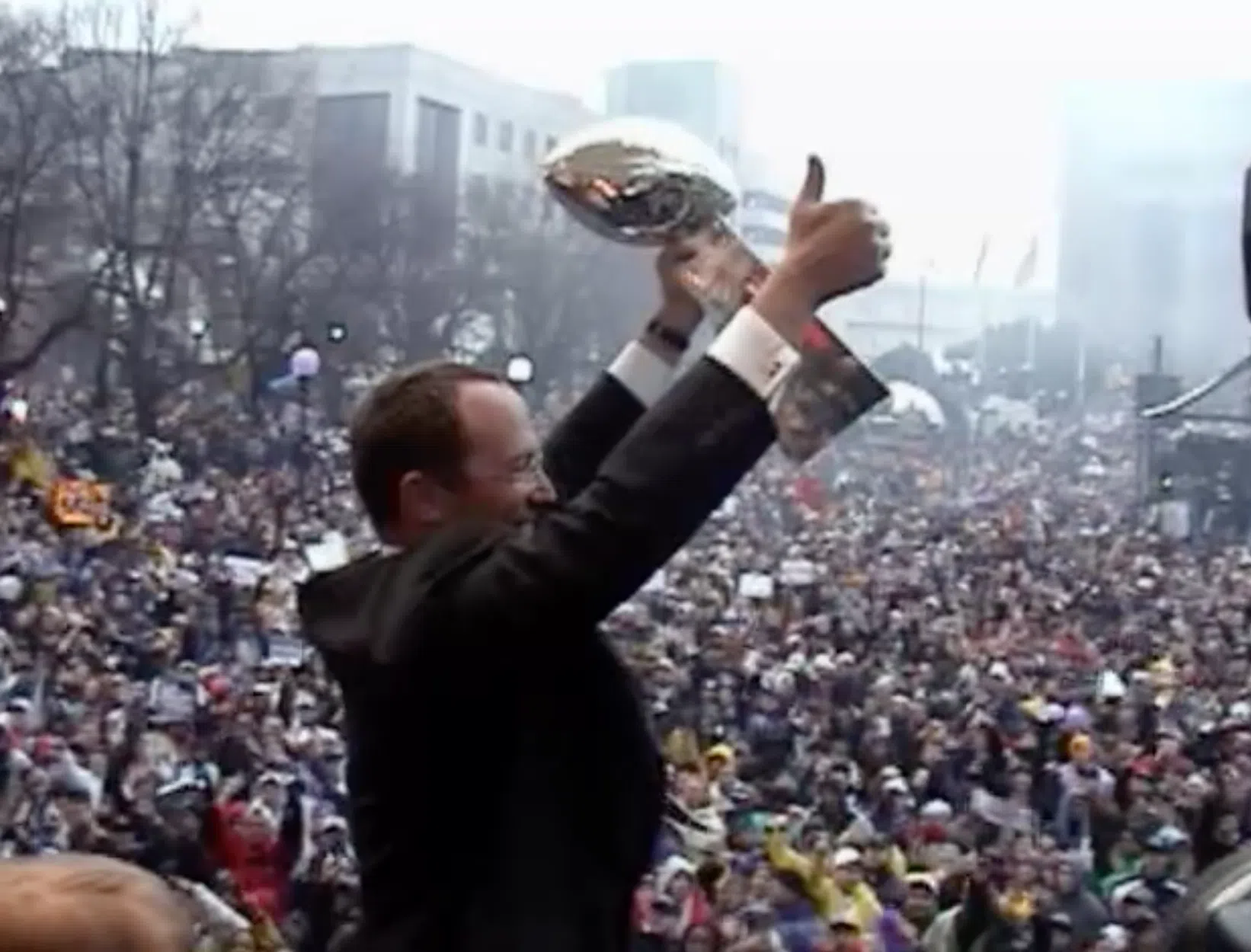I’ve never shied away from expressing my distaste for the sacrifice bunt, and the strategy cost the Orioles in their 6-3 loss to the Boston Red Sox on Thursday night.
Holding a 3-1 lead in the bottom of the second, the decision by right field Nick Markakis to lay one down with runners on first and second and no outs was questionable at best and turned disastrous when it resulted in a double play after Markakis didn’t run to first, thinking the ball was foul as it died at the plate. Shortstop J.J. Hardy then singled into right, but Omar Quintanilla was gunned down at the plate to end the inning.
Just like that, a once-promising inning was over without further damage.
The miscue gave Boston starter Clay Buchholz new life as he recovered to pitch eight strong innings to collect the victory.
Making Markakis’ decision to bunt even more perplexing was the fact that it came after Buchholz had walked Quintanilla on four pitches. Instead of taking a pitch or looking for a fastball to drive early in the count, Markakis may have been thinking too much in an effort to give the Orioles two runners in scoring position.
Based on his post-game comments, it was clear Buck Showalter had not called for the bunt, but the manager eloquently revealed whose call it was without painting his leadoff hitter in a negative light.
“I like the thought process; he just didn’t quite execute it,” Showalter said. “Nicky is a guy that’s always trying to do what’s best for the team, and I applaud him for the thought process. Maybe if he gets it down in a better spot, it might turn out really well.”
The decision to insert Markakis into the top spot in the order has worked beautifully for the Orioles after the production in the leadoff spot had been horrendous over the last 2 1/2 seasons with the absence of a healthy Brian Roberts. Entering Thursday night, Markakis was hitting .321 with five home runs and 14 runs batted in while posting a .371 on-base percentage since willingly accepting his new role on July 13.
However, the second-inning bunt appeared to be a rare instance in which the outfielder was trying to act too much like a leadoff hitter and not the run producer he’s more than capable of being when given an opportunity with men on base. Considering how much Buchholz was struggling, the time was right to play for a big inning and a knockout blow instead of settling for small ball.
You’re only guaranteed 27 outs over the course of a game, and I’m a big believer in not wasting them unless playing for a single run in the late stages of the game or it’s the rare instance of a low-scoring duel between two dynamic pitchers. Buchholz has been one of the best pitchers in baseball over the last month, but Baltimore starter Chris Tillman did not fall into that category after throwing 51 pitches through the first two innings.
And though Showalter was right about the bunt potentially turning out well if Markakis had laid it down in a better spot, it still doesn’t mean it was the right decision.
The failed bunt doesn’t change the fact that Tillman only got through 4 2/3 innings and reliever Luis Ayala gave up the three deciding runs in the sixth, but it certainly appeared to be the turning point in a game that appeared ripe for the picking in the early innings.
Instead of potentially busting the game wide open by trying to become the fourth straight batter to reach in the inning, Markakis was willing to give up an out — a second one was lost in the process — and the Orioles never really threatened Buchholz again after that second inning.
It was a rare misstep from a cerebral player, but the failed bunt factored heavily early on in the Orioles’ inability to complete a three-game sweep of Boston.




























